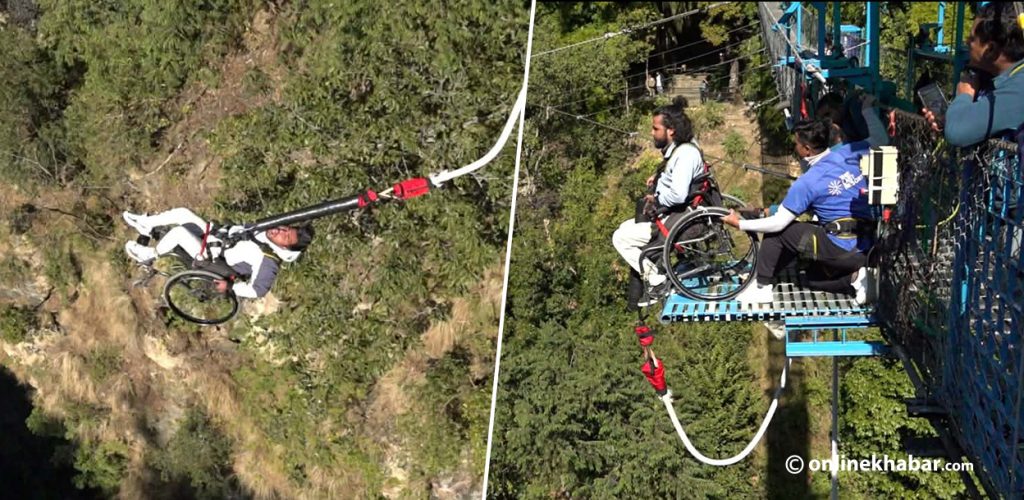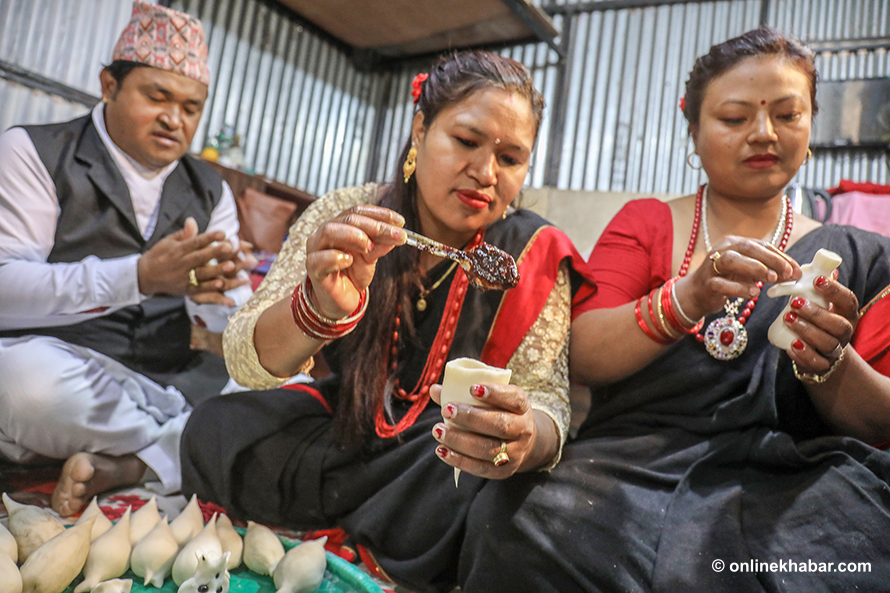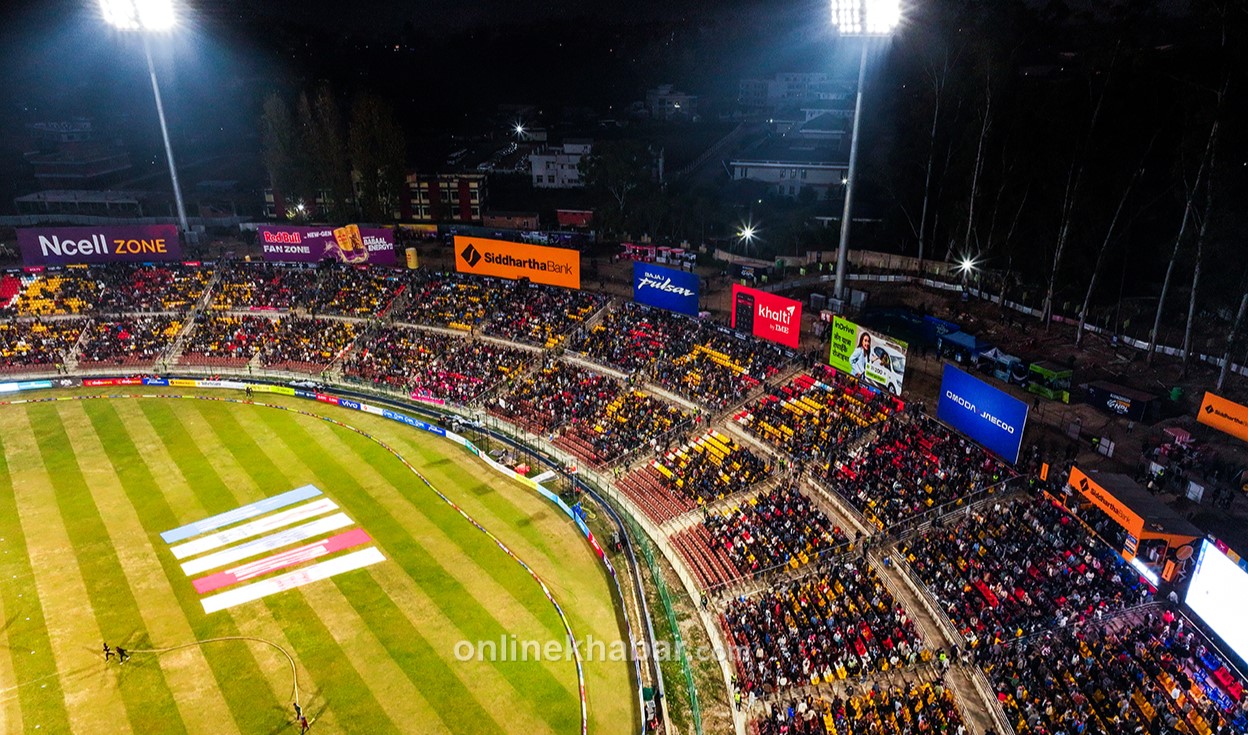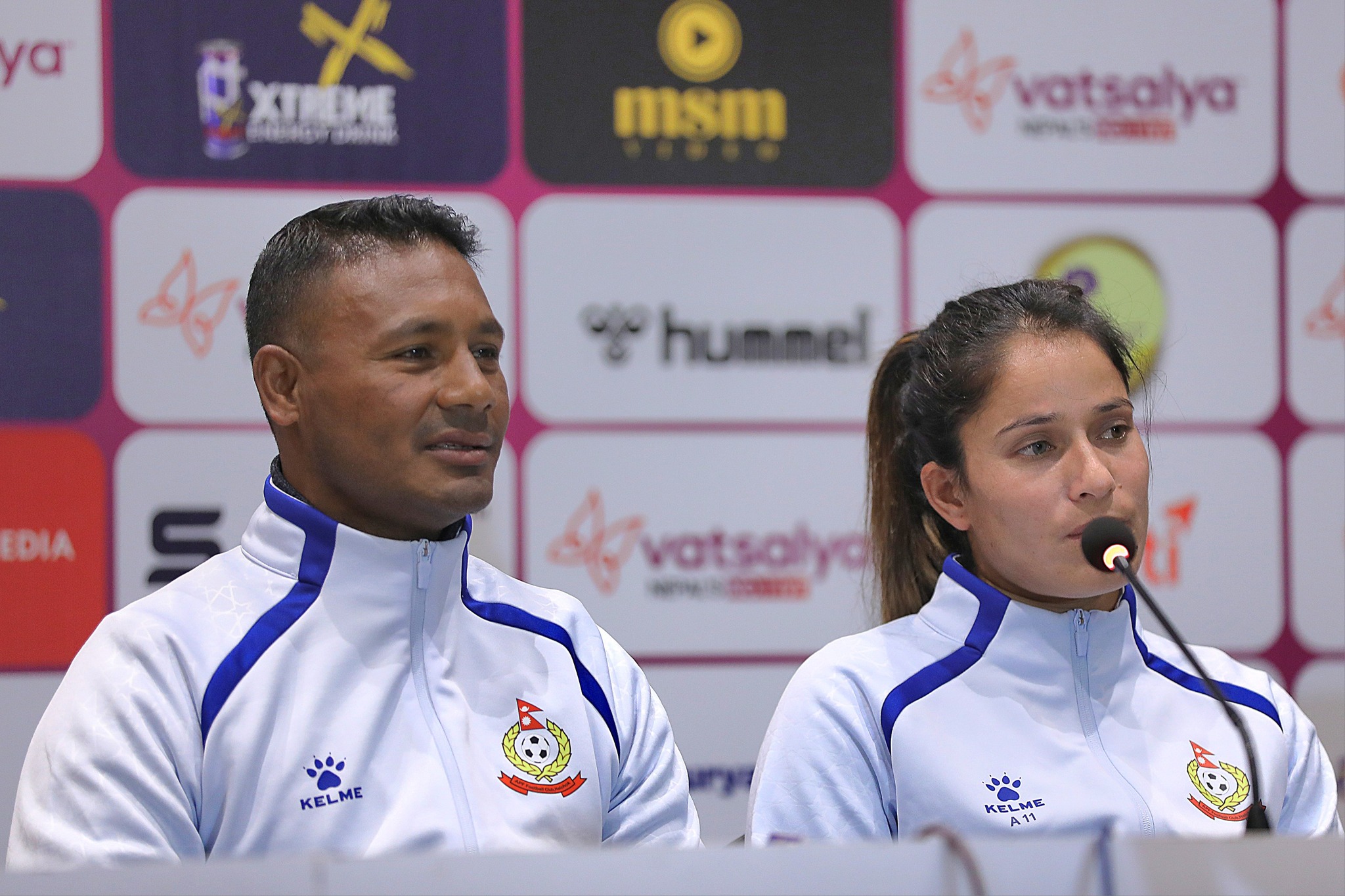
In the often-cynical theatre of American politics, where calculated ambiguity and corporate donations frequently dictate the script, the rise of Zohran Kwame Mamdani presents a compelling counter-narrative. His 2020 election to the New York State Assembly, and his subsequent successful re-election, was more than a personal triumph; it was a validation of a fundamentally different political methodology.
Mamdani’s victory, built not on the traditional pillars of a political machine but on a bedrock of grassroots organizing and unapologetic socialist principles, offers a potent case study for what politics can be. His approach forces a re-examination of democracy, campaigning, purpose, and visibility, challenging entrenched norms and inspiring a new generation of activists.
Reclaiming democracy from the ground up
For Mamdani and the movement that propelled him, democracy is not a spectator sport confined to biennial election cycles. It is a daily, participatory practice. His campaign was an extension of his work as a housing organiser with the Democratic Socialists of America (DSA), where he fought alongside tenants against predatory landlords and evictions.
This foundation shaped a political philosophy where electoral politics is seen not as an end in itself, but as a tool to amplify and resource social movements. This model stands in stark contrast to a political culture where candidates often emerge from closed-door party meetings or corporate lobbying firms.
Mamdani’s path suggests that true democratic representation is built not from the top down, but from the street level up, forging an inseparable link between the representative and the represented.
The campaign as an organising project
The Mamdani campaign was a masterclass in a new form of campaigning, one that prioritises depth of connection over breadth of advertising. Eschewing the corporate PAC money that fuels many of his colleagues, his campaign was powered by a legion of volunteers who knocked on doors not merely to persuade, but to listen, educate, and organise.
These conversations were not transactional; they were transformational, aimed at building lasting power within the community. The goal was not merely to win an election, but to identify and activate new leaders, demystify the political process, and create a base that would remain engaged long after the votes were counted.
This method demonstrates that a campaign can be a vehicle for political education and community mobilisation, creating a resilient structure capable of holding its elected officials accountable and pushing for bolder change.
Purpose and ideas as electoral assets
In an era where political consultants often advise candidates to obscure their views on divisive issues, Mamdani did the opposite. He ran on a platform of radical, yet popular, ideas: universal rent control, a social housing revolution, defunding the police in favour of community-based safety, and establishing a state-level single-payer healthcare system.
Rather than treating these policies as liabilities to be managed, he presented them as moral and practical necessities. His success debunks the myth that voters are inherently centrist or risk-averse. Instead, it suggests that a clear, compelling purpose and a bold vision for material improvement can be a candidate’s greatest asset.
Voters, it turns out, respond positively to a politician who articulates the systemic nature of their problems and offers a coherent, ambitious plan to solve them.
Shifting visibility and setting agendas
Mamdani’s presence in the State Assembly has fundamentally altered the landscape of political visibility in New York. He uses his platform not to seek bipartisan compromise on minor issues, but to force debates on topics the political establishment would rather ignore.
Through strategic use of committee hearings, public confrontations, and social media, he has brought the struggles of tenants, incarcerated individuals, and low-income workers from the margins to the center of political discourse. His approach to power is not about quiet deal-making in backrooms but about creating public crises for his opponents, using the tools of the state to expose its failures and rally his base.
This strategy demonstrates that political power is not merely about voting on bills; it is about controlling the narrative, setting the agenda, and making the previously “unthinkable” seem inevitable.
A beacon for Nepal’s aspiring young politicians
The resonance of Mamdani’s model extends far beyond the borough of Queens, offering a powerful blueprint for aspiring young politicians in countries like Nepal.
For a generation in Nepal disillusioned by a political class often mired in corruption, patronage, and a glaring disconnect from the daily struggles of the people, Mamdani’s journey is a masterclass in alternative political construction.
It demonstrates that one does not need to be anointed by a party dynasty or a wealthy benefactor to succeed. Instead, it underscores the power of starting from the grassroots of organizing tenants, workers, and students around their most pressing material needs.
For young Nepalis eager to break the cycle of stagnant politics, the lesson is clear: build your base not in party offices, but in communities; champion bold, clear ideas that directly address inequality and injustice; and use electoral power not as a crown, but as a crowbar to pry open the system for the many.
Mamdani’s victory is a testament to the fact that when you build power from the ground up, you can indeed teach an old system new tricks.

















